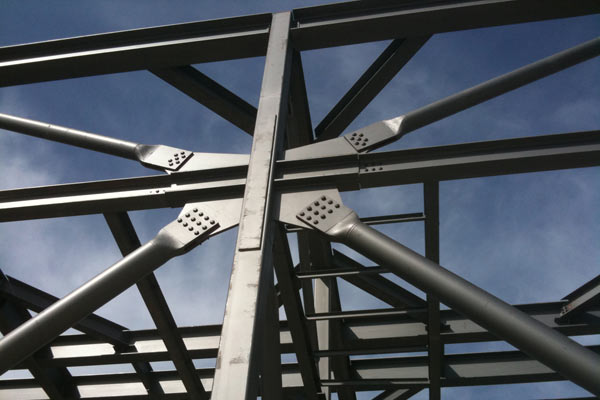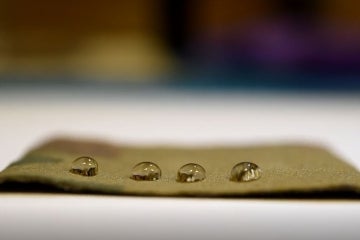
U of T grad's spinoff company helps rebuild Haiti school
Published: June 25, 2012
Graduate student, inventor, CEO—and now, international philanthropist. It’s been a busy five years for Carlos de Oliveira, whose earthquake-resistant steel joints are being used in the reconstruction of a Haitian trade school damaged by the 2010 earthquake.
His company, Cast Connex, spun out of his master’s research in U of T’s Department of Civil Engineering, is donating $50,000 worth of products to the effort, which is being spearheaded by the Canadian Construction Association and Builders Without Borders.
The school, called École Lakay, is located near the poorest neighbourhood in Port-au-Prince and trains young Haitians in skilled trades.
“It’s amazing to have started this company based on my master’s research and to see that research going into buildings all over the world,” says De Oliveira. About the Haitian project, he says: "It feels really great, after five years, to be able to give back.”
Most buildings today are constructed using manually-fabricated connections that anchor steel tubing to the frame of the structure. These sorts of connections can withstand wind, but they’re still susceptible to earthquakes.
De Oliveira designed a high-strength connector that can stand up to earthquakes. It’s also much simpler to design, fabricate and erect than today’s dominant technology.
“It’s ideal for fast construction,” he says. His connectors eliminate the usual need for field welding on a construction site, a step that slows the building processes and increases the price tag. “My technology eliminates the need for field welding entirely, so the building literally goes together like a meccano set, with bolts.”
The connectors are particularly good for a place like Haiti, where there isn’t an established steel construction industry. And there’s no question the need is great: the 7.0 magnitude earthquake left 250,000 people dead and damaged 250,000 homes and 30,000 commercial buildings.
Founded in 2007, Cast Connex is today an unqualified success. The company’s connectors are in buildings all over the world. They will be part of the new World Trade Centre in New York City and the Transbay Transit Centre in San Francisco, the two biggest building projects in North America right now. De Oliveira and Michael Gray, Cast Connex’s vice-president, are preparing to roll out the company’s third product, a technology that will change the way energy is absorbed by buildings.
It’s based on Gray’s doctoral research in civil engineering at U of T.
De Oliveira credits U of T’s Innovations and Partnerships Office (IPO) and the Ontario Centres of Excellence (OCE) for helping get the company started.
“The IPO office was instrumental in the success of our company,” he says. “They provided us with incubator space, business mentoring and support in filing for patents.” OCE provided financial support in the form of a market readiness grant and a fellowship.
It’s not just Haiti that Cast Connex is supporting. It has recently sponsored some research at U of T, which will help advance the work of U of T researchers, as well as provide essential R&D as Cast Connex prepares to launch its next product.
“It’s neat,” he says, “having come from the university, to now be on the industry side, collaborating and giving back.”



